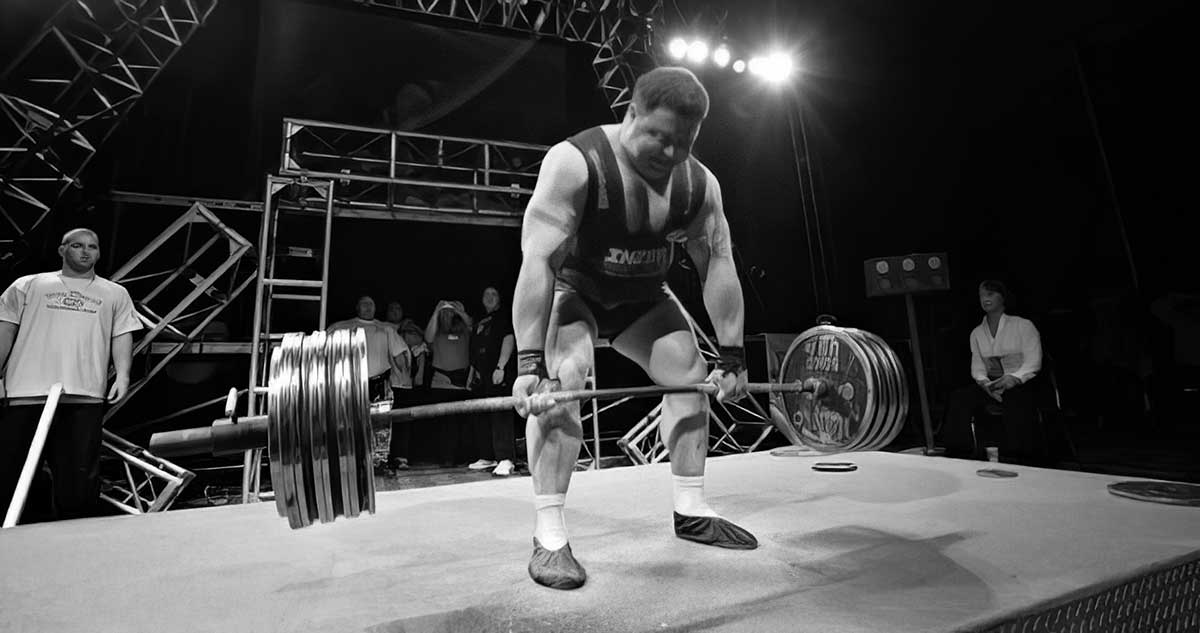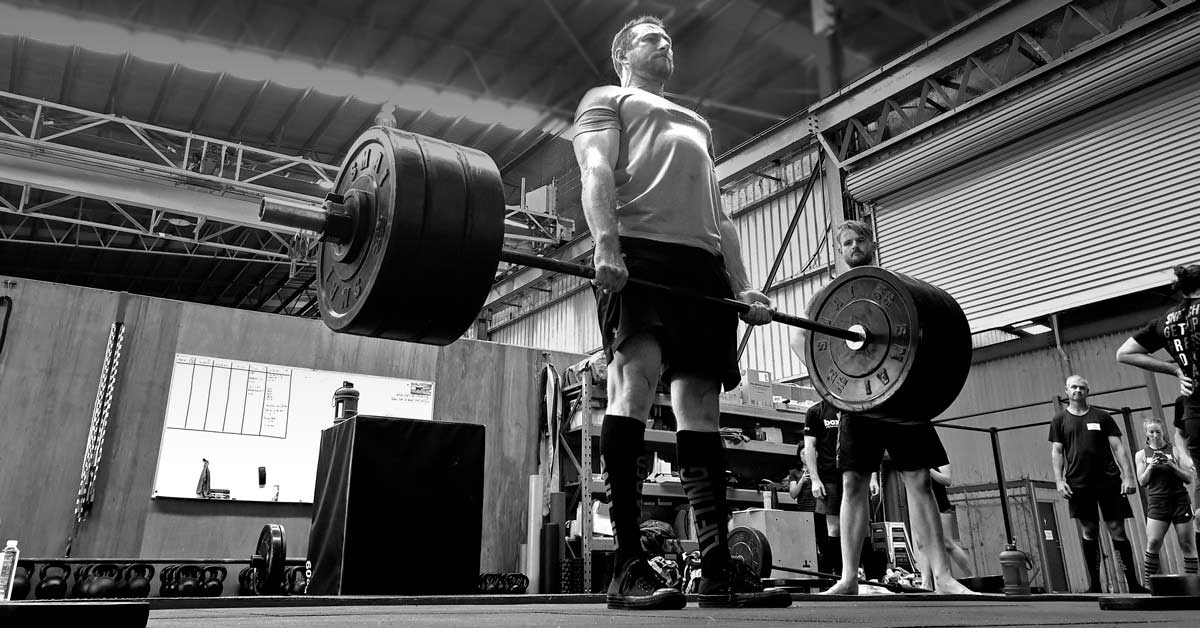George Vrotsos
Level 7 Valued Member
Is AXE snatches twice per week and KBSF LCCJ twice per week a realistic plan or is that chasing too much at once?
Love this post. So how will you work AXE into your current routine? Two days of AXE and two days of KBSF?By the way, I love that the first sessions are designed to find the right bell (instead of something like a sprint test, as in Q&D). "Testing" as training. Reminds me of @Steve W.'s opinion that the right Q&D weight is the heaviest one that allow you to get to 100 powerful reps with the actual Q&D timing.
I also like that the book reiterates a lot of informations from articles, expanding on them and giving them context. Sometimes it gives nuance to some general rules (for example, why deloads or stopping when speed goes down are good ideas), and sometimes there a surprises (like going heavier or lighter within the A+A framework, instead of the classic sets of 5 for at least 20 minutes).
I was a bit afraid that the book would make me doubt my current training setup (KBSF with LCCJs + EES + jogging), but luckily that did not happen. There are a few training ideas that I consider as add-ons (like glycolytic jolts, using more step loading and then deloading by feel, or adding some type of Metal Heart training), but otherwise AXE has given me a feeling of confirmation and clarity, strengthening my confidence and commitment (the 4Cs, apparently)
In the "Best Ever" article, in response to a similar question, Pavel suggested holding one steady while advancing the other on a rotating, two week or so, basis. In the new AXE book, Pavel also mentions the possibly of doing two swing sessions and two jerk sessions per week.Is AXE snatches twice per week and KBSF LCCJ twice per week a realistic plan or is that chasing too much at once?
I suppose the likely stop sign I'd run into would be fatigue in the lower back. If you recover well I wouldn't see why not.Is AXE snatches twice per week and KBSF LCCJ twice per week a realistic plan or is that chasing too much at once?
Doing the volumes prescribed in AXE on the daily is actually rather large, and is a recipe for slamming into a stop sign, rather than gently tapping it. One that I've employed in the past and regretted after.My question is on the training frequency. The program is doing AXE 2 days a week with an optional 3rd. But why not 5 to 7 days? Is this an issue of recovery or are the extra days just not adding any more benefit? Thanks
Based on both the previous answers and that the jerk option is specifically offered as a complement, I would conclude "yes".Is AXE snatches twice per week and KBSF LCCJ twice per week a realistic plan or is that chasing too much at once?
The biggest difference I see is the force requirement.Reg. the program itself. I recently started Plan 060 and see some similarities to how AXE is set up. But I also do see some clear differences. Can you (or anyone else with the knowledge) help me understand how this is different.
What about improving capacity in the meet day? Like have enough energy to grind out the 3nd attempts of each lifts if? Can AXE help with that, or that kind of condition is too specific and should be main focused by pwl work (having SBD day, for instance)?Antti, it is unlikely AXE will improve your lifts if you are doing serious PL training. It is likely to help you stay healthy though.
Limit your AXE swings to 20min twice a week. When your PL load is hypertrophy focused, swing 12-24 hours before SQs or DLs; when nervous system focused, 12-24 hours after. Stop before a meet; how soon, you will need to experiment.


Getting the teachers on board with SF methods would be more effective than marketing a book at the students themselves. But that’s something that could work wonders in the next generation(s).The next step I would like to see is StrongFirst to partner with schools and get these principles into school physical education curricula. Write a book for high school-young adults! It could start with mastering tension in bodyweight and moving through the principles and include basic concepts of your new programming material to set people up for lifelong success.
Thank you for your kind words, Bauer!Pavel, thank you for this instant classic - and for taking the time to answer our questions!
The difference between AXE and Metal Heart is blurry.Above you classify KBSF LCCJs as AXE. Somehow I got the impression that Single Bell LCCJs might shift from AXE to Metal Heart when approaching 3/30 (without knowing much about it).
Yes.a) Which Speed Metal templates/sessions qualify as Metal Heart? Snatch Walking and 060?
Fine either way.b) Is it ok to do some Even Easier Strength (2-3 exercises) work as a warmup for AXE, or should it also be done at least a few hours before?
Ask Kenneth or Derek; they have optimized weekly AGT schedules for mountaineers, etc.c) When would you place Step Up training à la Kenneth Bolyard in the training week?
Love this post. So how will you work AXE into your current routine? Two days of AXE and two days of KBSF?
Nate, the recovery plus the point of diminishing returns.My question is on the training frequency. The program is doing AXE 2 days a week with an optional 3rd. But why not 5 to 7 days? Is this an issue of recovery or are the extra days just not adding any more benefit? Thanks
Thanks a lot, sir!Thank you for your kind words, Bauer!
The difference between AXE and Metal Heart is blurry.
Type I fibers do all work up to ~25% of max strength.
Type IIA fibers start getting recruited at ~ 25% and IIX ~50%.
At ~80% all available IIX are presumably recruited, which is why it make it the lower border for AXE.
Of course, some type IIX fibers are already recruited and get trained once you pass the 50% mark. Thus, at, say 65%, you are training all your type IIA and some of the IIX.
The reason the Kettlebells StrongFirst C&J protocol is so demanding on cardio is not the predominant use of IIA but the total muscle mass involved in the C&J.
Yes.
Fine either way.
Ask Kenneth or Derek; they have optimized weekly AGT schedules for mountaineers, etc.
Georgiaoutdoors, yes. The books is nowhere close to being out and it will not be as detailed as All-Terrain Conditioning seminar that I strongly recommend.So it sounds like the upcoming book “Metal Heart” mentioned in AXE might be applicable to trail running and OCR? Thoughts?
3letterslong, it is true for all types of training. As a friend of mine has put it, your body is like a house. You can fix it up but as soon as you stop working on it, it will start falling apart. ;]I was interested until I read you have to train them forever or the gains will disappear.
Onlyisometrics, we discuss that at the Strong Endurance seminar.I know this is a bit of a long shot, but would AXE be usable with isometrics too? Maybe ballistic isos? They’re all I’ve been using for a while (ballistics get your heart rate up pretty good). Thanks.
Thank you, Paules. I am all for it, in moderation.EDIT: It has been pointed out to me that Pavel does indeed recommend steady state alongside AXE. I will pay more careful attention in the future!
@Pavel thank you for another great book and for taking the time to answer questions in this post.
I am interested in your views of complimenting AXE training with steady state training. I know Al Ciampa, who you credit in the book, is a strong proponent of combining A+A with low heart rate running. You don’t seem to share that view. Appreciate your thoughts.
Guardian7, a cool idea. If they come to us, we will help.The next step I would like to see is StrongFirst to partner with schools and get these principles into school physical education curricula. Write a book for high school-young adults! It could start with mastering tension in bodyweight and moving through the principles and include basic concepts of your new programming material to set people up for lifelong success.
